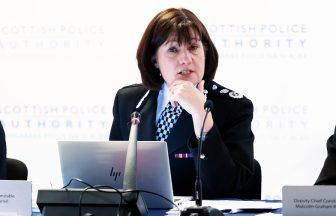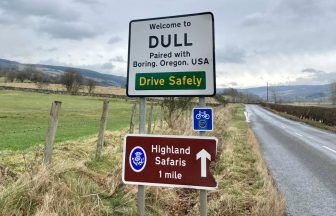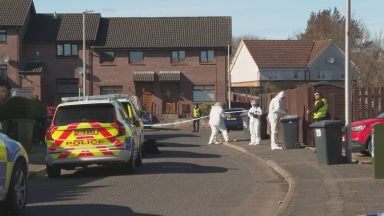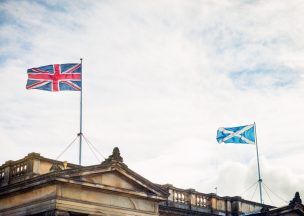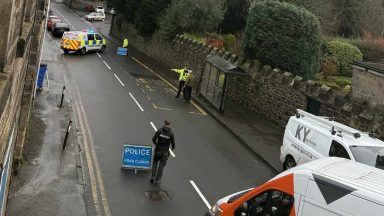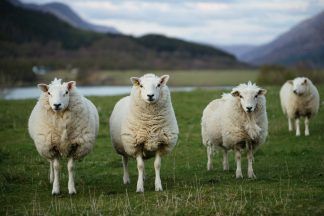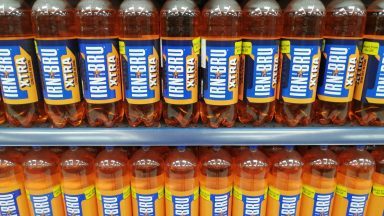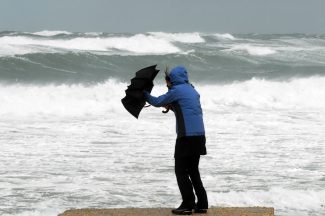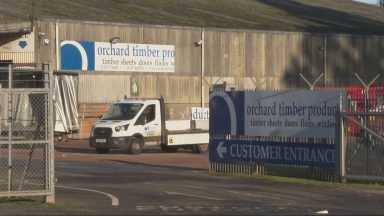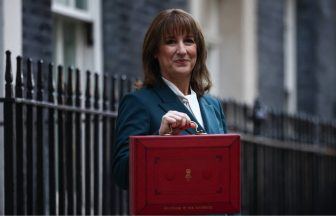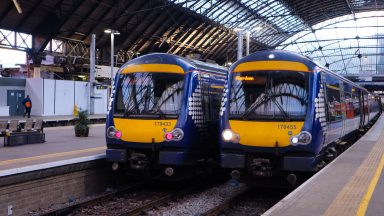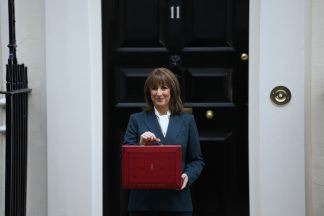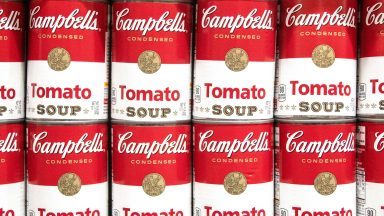Low-income households will receive a cost of living payment from this spring.
The £900 cash support for households was previously unveiled in the chancellor’s Autumn Statement, building on payments made to more than eight million people across the UK in 2022.
Nearly 700,000 households in Scotland are on means-tested benefits, including Universal Credit, Pension Credit, and Tax Credits.
How does the payment work?
The £900 payment will be made up of three slightly different amounts of £301, £300 and £299. The DWP explain this makes it simpler to determine if someone has received the correct payments.
The instalments will be paid directly into bank accounts.
What support payments are being made?
- First cost of living payment of £301 in spring 2023
- £150 disability payment during summer 2023
- £300 second cost of living payment in autumn 2023
- A £300 pensioner payment during winter 2023/24
- Third cost of living payment of £299 in spring 2024
Critics say it’s not enough
Fuel poverty campaigners have argued that support for the most vulnerable people has not increased on what was announced last year.
Simon Francis, co-ordinator of the End Fuel Poverty Coalition, said: “This winter we have seen over nine million adults living in Dickensian conditions in cold damp homes.
“Yet despite energy bills increasing by 20% from April 2023, the support for the most vulnerable announced by the government has not increased from last year.
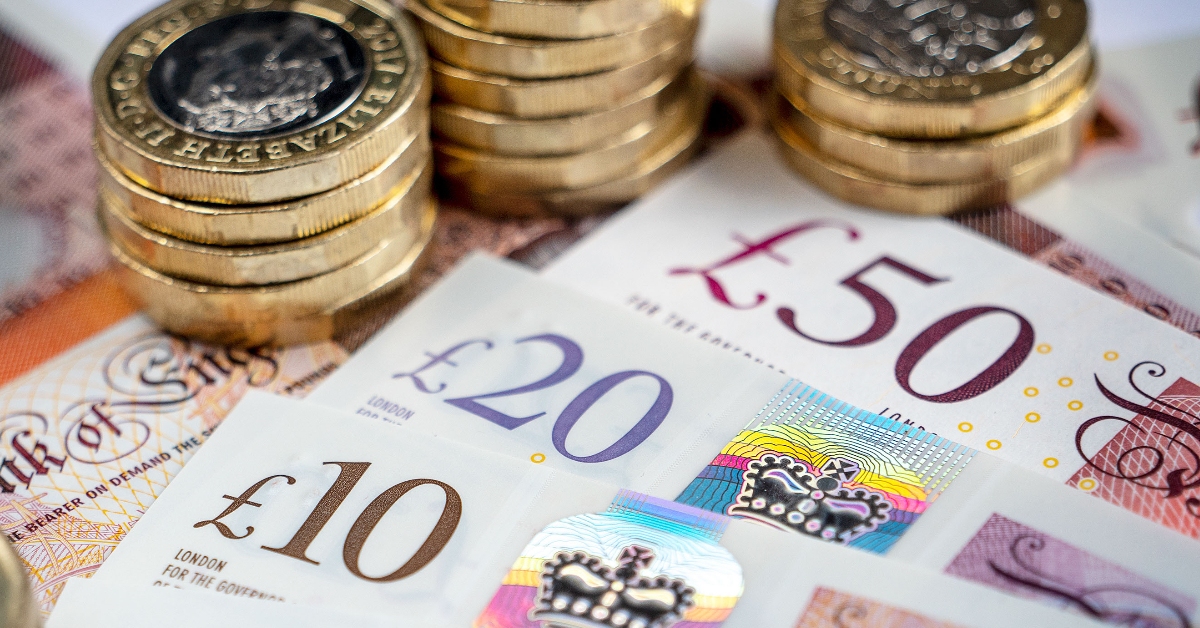 iStock
iStock“In fact, with the end of the Energy Bills Support Scheme looming, households will be worse off than they were this winter.
“The government must go further to help the millions of homes in fuel poverty throughout 2023.
“This does mean more financial support, but also non-financial measures such as banning the forced transfer of households onto more expensive pre-payment meters.”
What has the government said?
Work and Pensions secretary Mel Stride said: “We are sticking by our promise to protect the most vulnerable and these payments, worth hundreds of pounds, will provide vital support next year for those on the lowest incomes.”
Chancellor Jeremy Hunt added: “I know these are tough times for families across the UK who are struggling to meet rising food and energy costs, driven by the aftershocks of Covid and Putin’s war in Ukraine.
“That’s why we’re putting a further £900 into the pockets of over eight million low-income households next year.
“These payments are on top of above-inflation increases to working-age benefits and the energy price guarantee, which is insulating millions from even higher global gas prices.
“Tackling inflation is this government’s number one priority and is the only way to ease the strain of high prices, drive long-term economic growth and improve living standards for everyone.”
How do I get it?
The government said payments to those who are eligible will generally be automatic, so there will be no need to apply.
Claimants who are eligible for any of the cost of living payments and receive tax credits, and no other means-tested benefits, will receive payment from HM Revenue and Customs (HMRC) shortly after DWP payments are issued.
Benefits, including working-age benefits and the state pension, will rise in line with inflation from April 2023, ensuring they increase by over 10%.
What else to watch out for
April will also see the biggest ever cash rise to the National Living Wage, bringing it to £10.42 an hour, the Government said.
People should watch out for scammers sending fake cost of living messages attempting to trick people into handing over their personal information.
A £400 energy bill discount for households will continue to run through March.
Follow STV News on WhatsApp
Scan the QR code on your mobile device for all the latest news from around the country


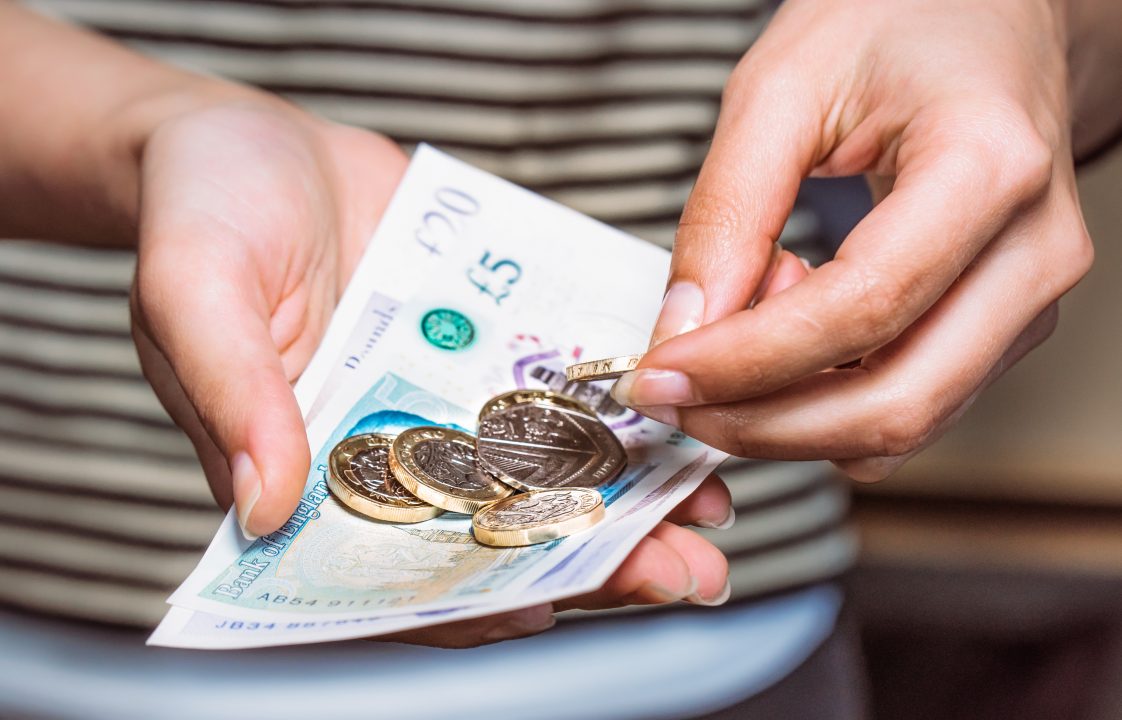 iStock
iStock

